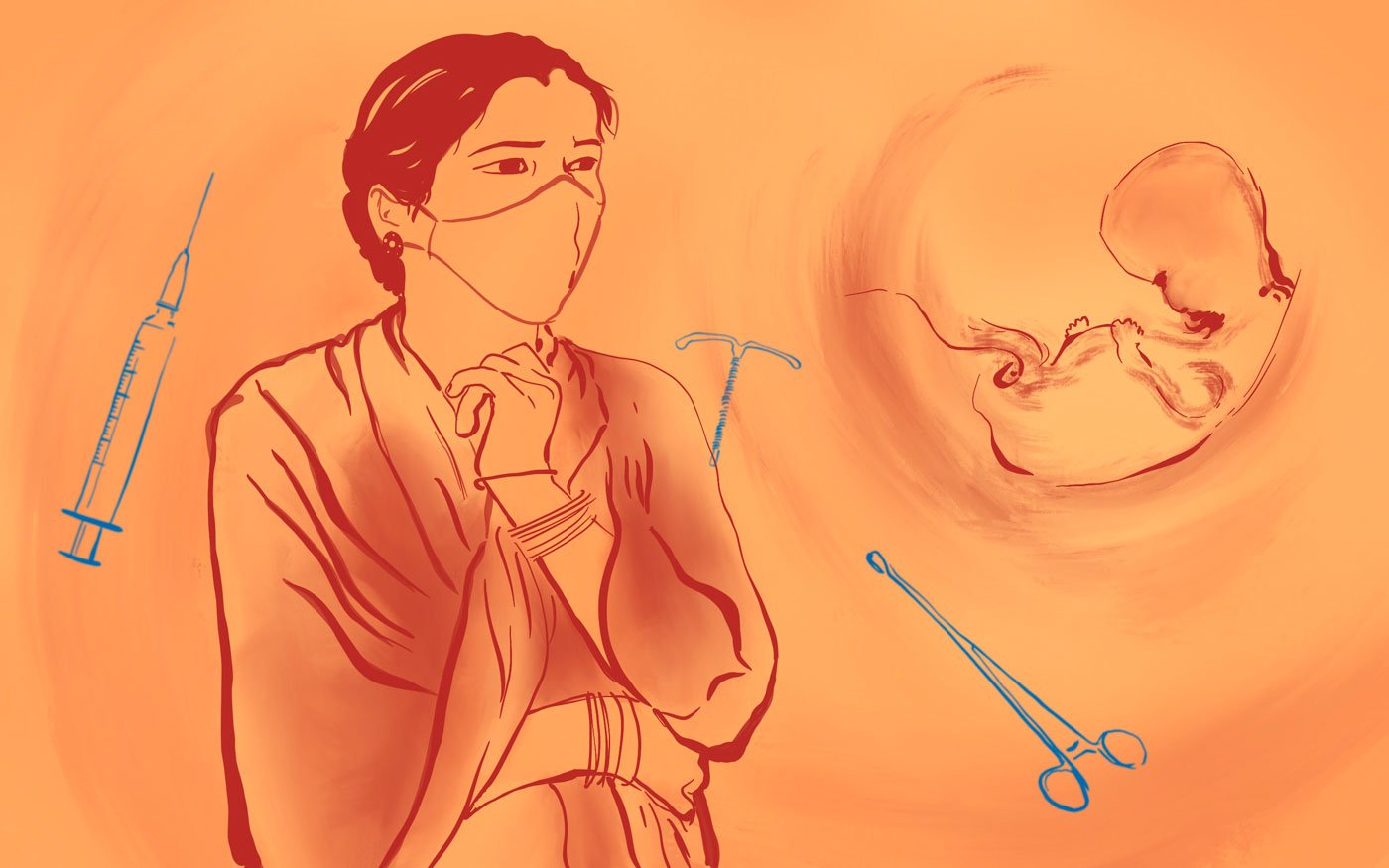Sunita Devi had been worried about the lump growing in her stomach. She wasn’t able to eat well, and felt bloated. After ignoring it for two months, she went to see a doctor at a private hospital near her home. What the doctor said left her in disbelief: “ Aapko bacha thahar gaya hai [You are pregnant].”
She did not understand how that was possible – it had hardly been six months since she had had a copper-T inserted to prevent a pregnancy.
Recounting the incident from 2019 now, her pale, gaunt face looks even more so. Her hair is neatly pulled back into a bun; her sunken eyes are dull and tired. The only bright spot is a red bindi on her forehead.
Sunita (not her real name) is a 30-year-old mother of four. She has two daughters and two sons, who are between the ages of 4 and 10. In May 2019, when her youngest was 2 years old, Sunita decided not to have any more children. She learnt about family planning methods from an ASHA worker who visited the area. After considering the options, she had chosen Antara, an injectable contraceptive that claims to prevent pregnancy for three months. “I thought let me try the injection,” she says.
We are sitting on a mat on the floor of her 8 x 10 feet room, and more mats are stacked on an empty gas cylinder in a corner. Sunita’s brother-in-law’s family lives in the adjacent room, and one can see a third room that belongs to another brother-in-law. The house is in the Mahesh Garden area of Najafgarh, a locality in South West Delhi district.
The Gopal Nagar primary health centre (PHC) is about two kilometres from Sunita’s home. It was there that she went with the ASHA worker to get the Antara injection. But the doctor at the PHC had something else to suggest. “The doctor started telling me about copper-T instead. She asked me to get it inserted as it was safer,” Sunita says. “I had never asked the doctor for copper-T,” she adds, her voice assertive. “But the doctor kept insisting that it would be fine. ‘Don’t you want to stop having more kids?’ she had asked me.”
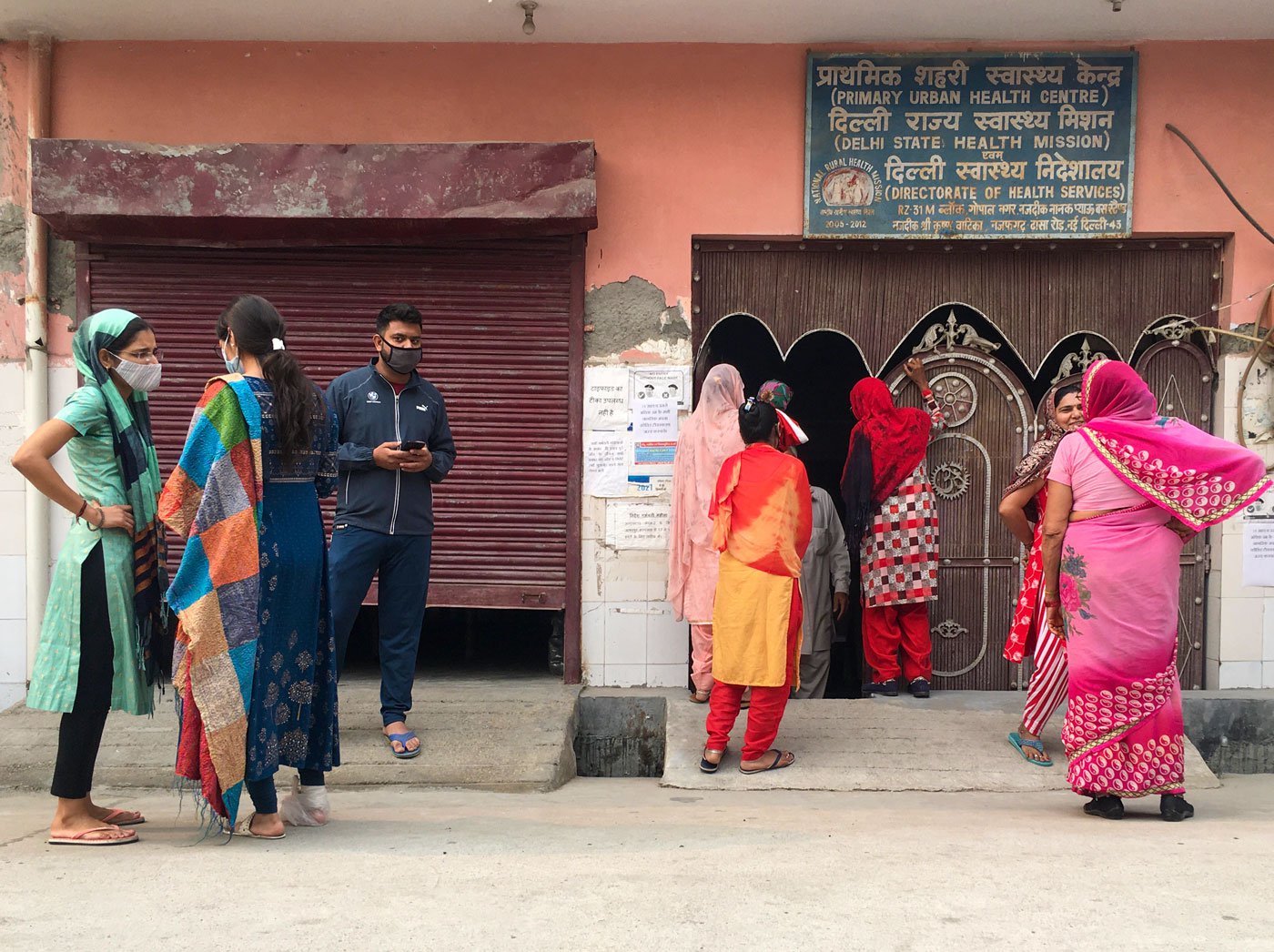
Patients waiting outside the Gopal Nagar primary health centre in Delhi, where Sunita got the copper-T inserted
At the time, Sunita’s husband (whose name she did not want to reveal) – who sells fruits in Najafgarh – was visiting his village, Kolhanta Patori, in Bihar’s Darbhanga district. “The doctor was persistent, and said: ‘What does your husband have to do with it? It is in your hands. You will not get pregnant for five years by using it’,” Sunita recalls.
So Sunita decided to get the interauterine contraceptive device, or copper-T, inserted in her, instead of the injectable contraceptive (Antara). She did not tell her husband about it until he came back from the village, which was 10 days after the procedure. “I had done it secretly, without telling him. He was very angry with me. He also scolded the ASHA worker for taking me to the health centre.”
After the procedure, however, Sunita started bleeding heavily during her periods in the next two months. Thinking that the heavy bleeding was due to the copper-T, she visited the Gopal Nagar health centre twice in July 2019 to have it removed. But, each time, she was given medicines to control the bleeding.
It was around November 2019 that she missed her period and started feeling the lump in her stomach. A “bathroom janch ”, by which she means a pregnancy stick test , at Vikas Hospital in Najafgarh, confirmed that she was pregnant and that the intrauterine contraceptive device (IUCD) had failed.
It is not that common for a woman using copper-T to get pregnant, says Dr. Poonam Chaddha, a gynecologist practicing in West Delhi district, “Chances of something like this happening are 1 in 100. There is no particular reason one can cite. Any [contraceptive] method has chances of failure,” she explains. While an IUCD is considered to be among the safer and more effective options, its failure has led to unwanted pregnancies and induced abortions.
“ Main toh isi bharose baithi hui thi [I was relying on this] , ” says Sunita. “I was certain that I wouldn’t get pregnant because I had got a copper-T. The doctor at the dispensary [PHC] had guaranteed that it would work for five years. But this happened in less than a year,” she says.
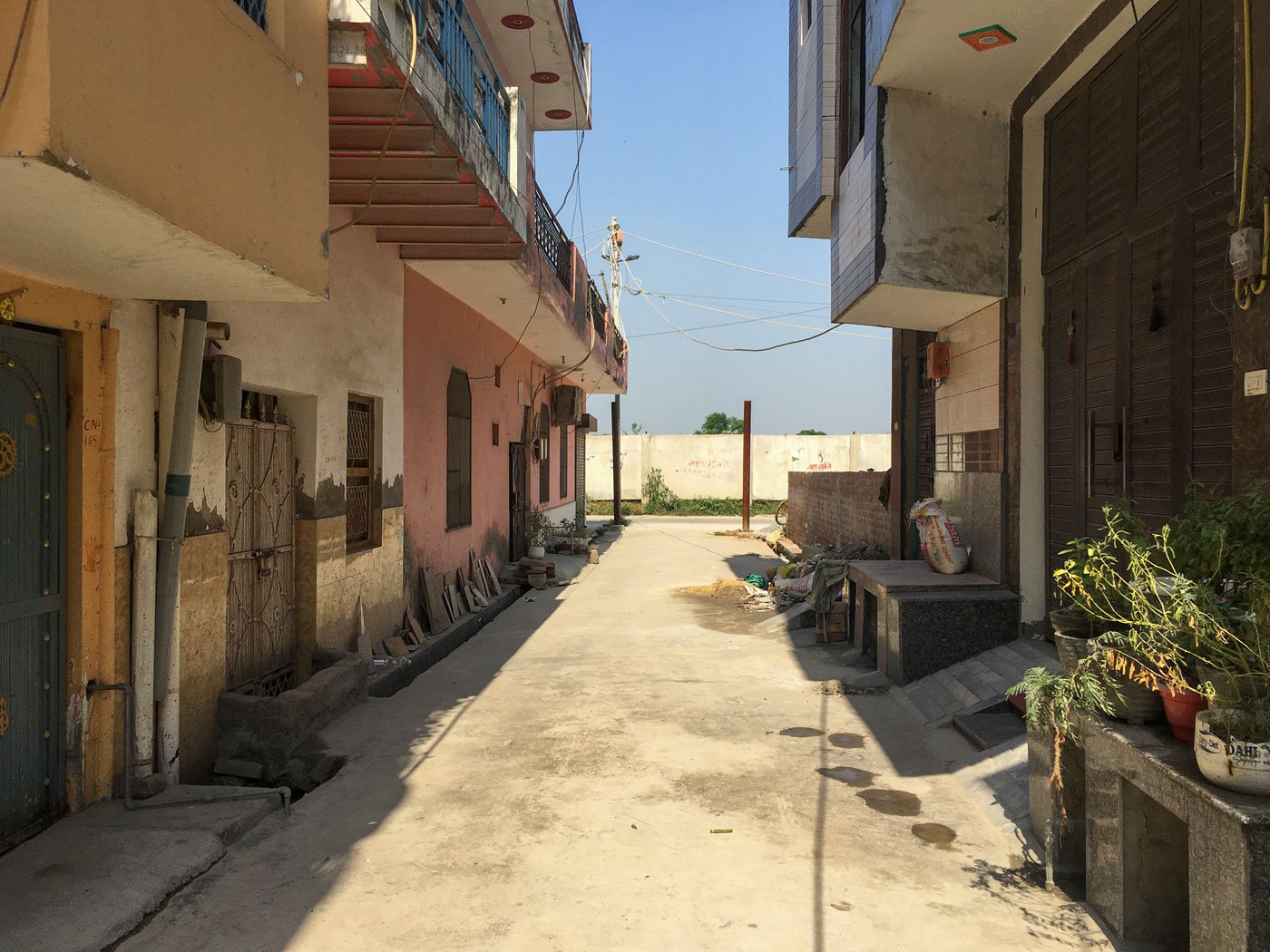
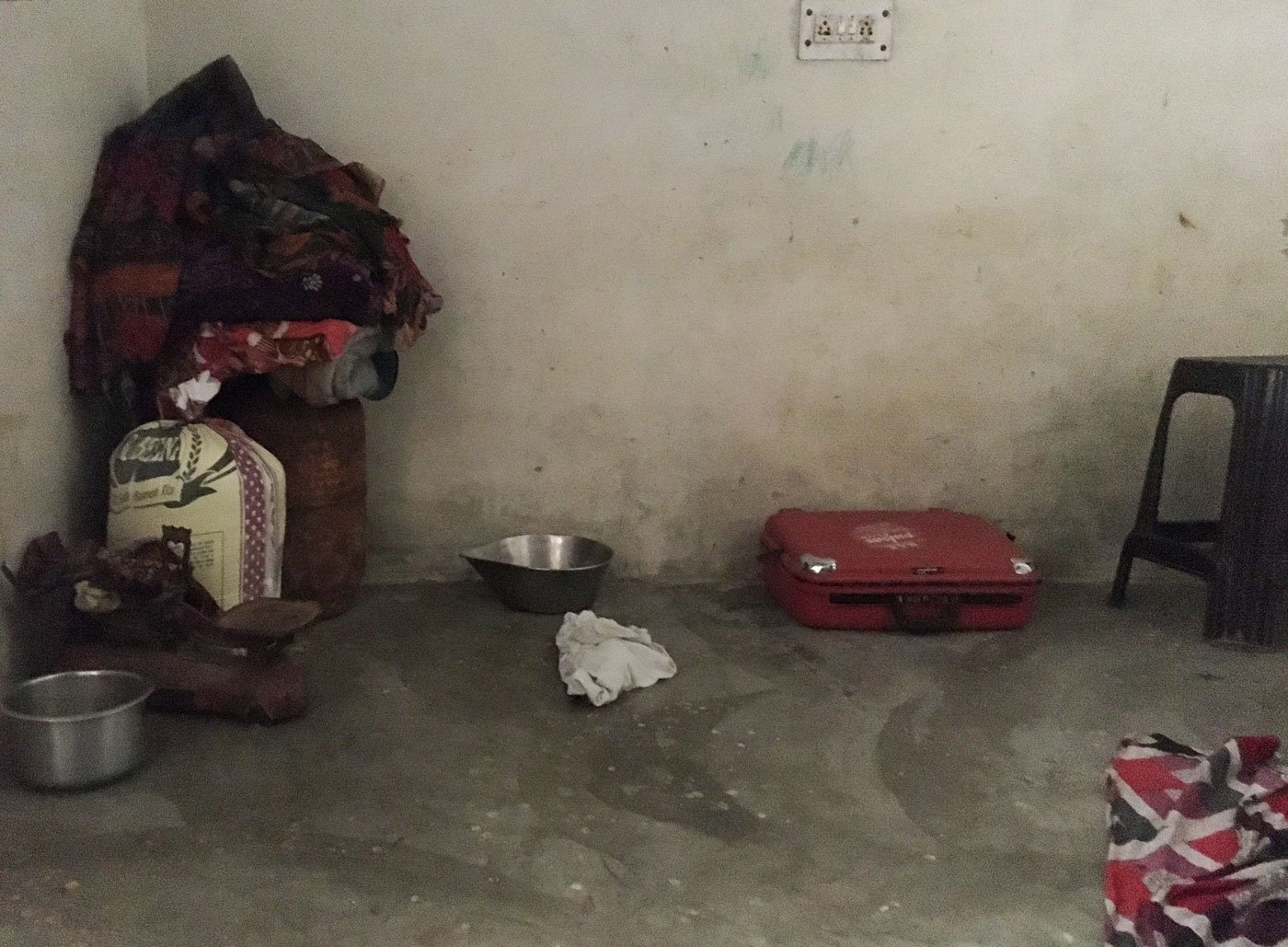
Left: The lane in South West Delhi district where Sunita and her family live in a rented house. Right: The room used by Sunita and her husband in the house
In India, only 2.1 per cent of married women in the 15-49 age group have used IUCDs like copper-T, according to the National Family Health Survey 2019-21 (
NFHS-5
). The most common contraception method to prevent pregnancy has been female sterilisation – used by 38 per cent of married women. Contraceptive use among married women,
reports
the survey, increases after they have 2-3 children. Sunita didn’t want a fifth child.
But she could not afford getting an abortion at Vikas Hospital, where the procedure cost Rs. 30,000.
Sunita is a homemaker, while her 34-year-old husband earns around Rs. 10,000 a month selling fruits. Her husband’s two brothers, with whose families they share their three-bedroom rented house, work at a local cloth store. Every brother pays about Rs. 2,300 per month towards their share of rent.
Dressed in a red salwar kameez with green and yellow triangles printed on it, she is wearing colourful bangles on her thin wrist to match the bright attire. Below her faded silver anklets, the red colour of her alta -dyed feet has turned a crimson shade. She speaks to us while preparing lunch for the family, though she’s observing a fast herself. “It wasn’t even six months after I got married that my face lost all its lustre,” she says, recalling how she had a plumpish face. When she got married, at 18, she weighed about 50 kilos. She weighs 40 kilos now, standing at a height of 5 feet 1 inch.
Sunita has anaemia, which is perhaps why her face is pale, and she feels tired. She is among the 57 per cent of women aged 15-49 years in India who suffer from the condition. Sunita has been receiving treatment at a private clinic in Najafgarh since September 2021, once in every 10 days. The consultation and medicines costs her about Rs. 500 every time. The fear of Covid-19 stops her from going to a government facility. Moreover, she prefers the clinic because she can go in the evenings after finishing the housework, and not have to stand in long queues.
Loud screams of children from the other room interrupt us. “My whole day goes like this,” says Sunita, referring to a possible fight among the children that will require her to intervene. “I was too stressed when I learnt about my pregnancy. My husband told me to let it be. ‘ Jo horaha hai hone do ’. But I would be the one suffering, right? I would be the one to raise this kid, and do everything,” she says in an exasperated tone.
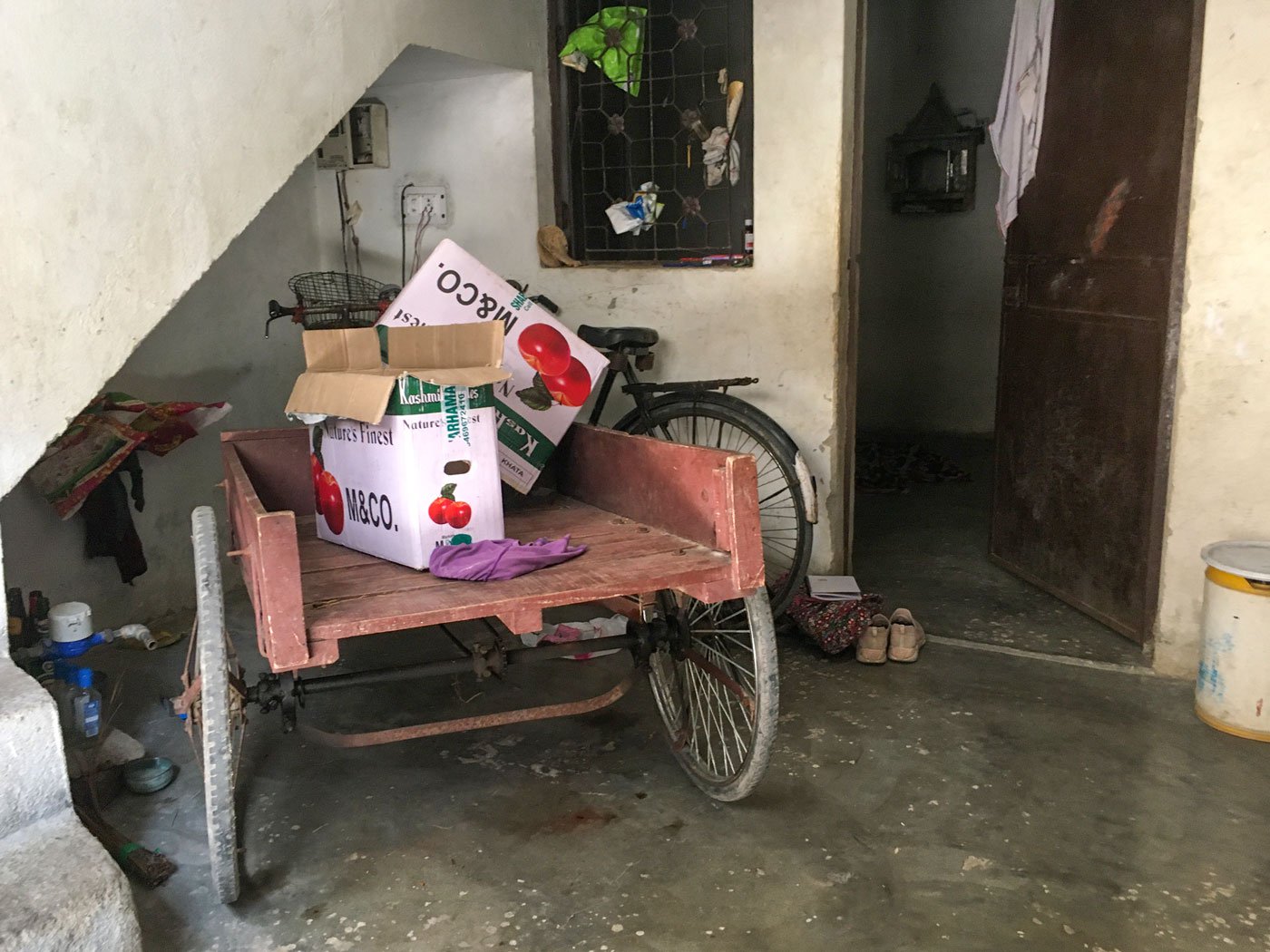
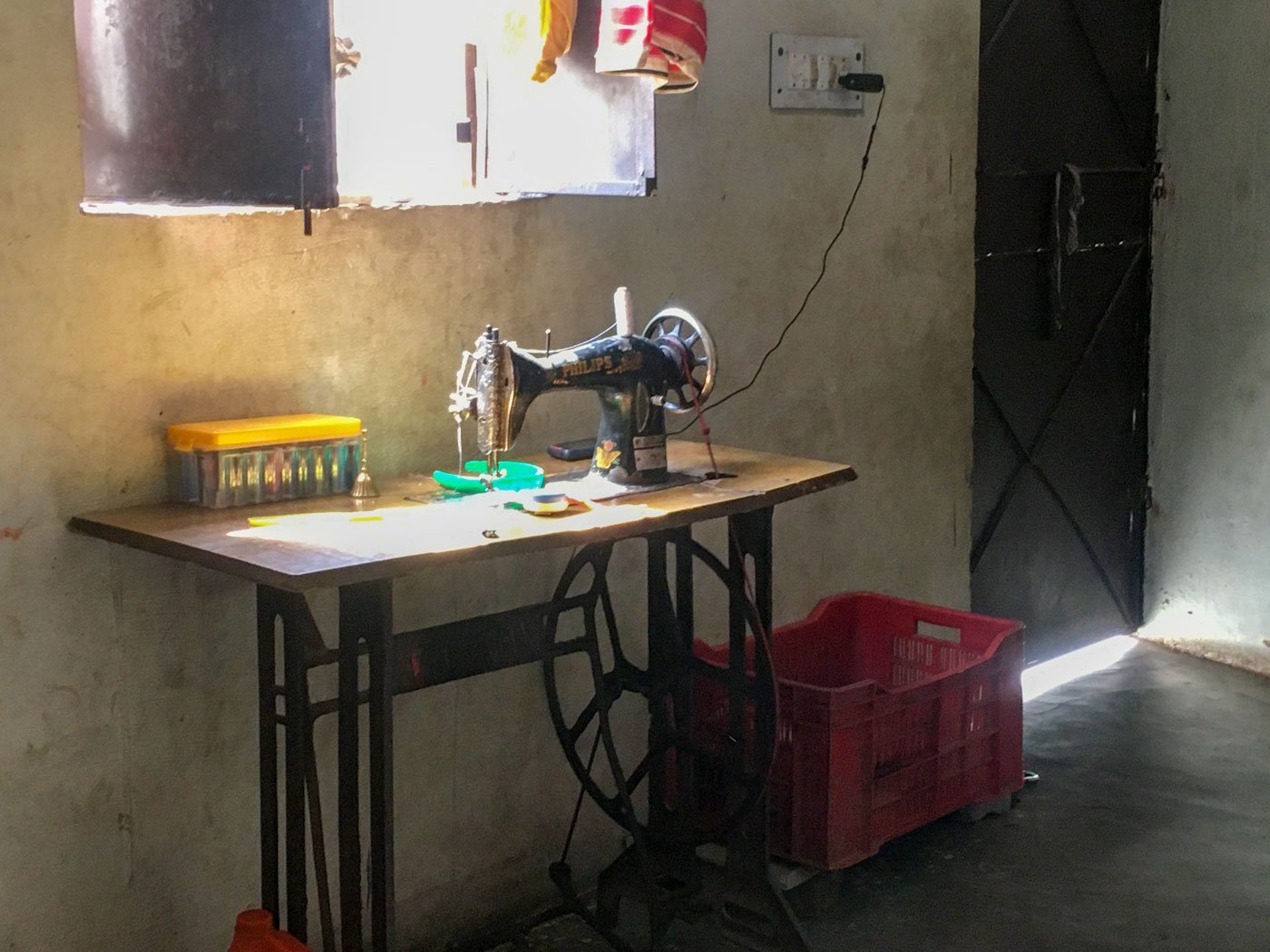
Left: The wooden cart that belongs to Sunita's husband, who is a fruit and vegetable seller. Right: Sunita's sewing machine, which she used before for tailoring clothes to earn a little money. She now uses it only to stitch clothes for her family
A few days after she found out she was pregnant, Sunita spent Rs. 1,000 getting an ultrasound scan done at a private clinic on Najafgarh-Dhansa Road. An ASHA worker who had accompanied her there later took her to the government-run Rao Tula Ram Memorial Hospital in Jaffarpur, nine kilometres away from home. Sunita wanted to get the copper-T removed and ask for an abortion. The procedure is free at a public health facility.
“At Jaffarpur, they [doctor] said the copper-T cannot be removed, and that it would come out along with the baby at the time of birth.” The doctor told Sunita that since the foetus was around three months old, an abortion would not only be difficult but could prove fatal for her. “They [doctors] were not ready to take the risk,” Sunita says.
“I didn’t care about the risk to my life. I just didn’t want to have another child,” she told me. She isn’t alone. More than 85 per cent of married women want to stop having children after their second (living) child, according to the NFHS-5.
Sunita decided to approach another public hospital to terminate the pregnancy. She was almost four months pregnant in February 2020, when another ASHA worker took her to Lady Hardinge Hospital in central Delhi district, 30 kilometres from Najafgarh. The two women travelled by Delhi Metro, spending about Rs. 120 each that day. The doctor at Lady Hardinge decided to perform the abortion at the hospital after discussing the case with the doctor in Gopal Nagar PHC.
“I don’t know what they talked. Only the doctors talked, and then they decided to do the operation,” Sunita says. She remembers that they first ran some blood tests and then applied some medicine. “I don’t remember what kind of medicine. Unhone kuch dawai andar dalkar safayi kiya tha [They applied some medicine inside and cleaned it up]. It was burning inside and I was feeling giddy,” she says. Though her husband accompanied her for the procedure, she adds, “he was not quite willing”.
The doctor showed Sunita the broken copper-T that they had pulled out. The aborted foetus was about four months old, confirms Soni Jha, the ASHA worker who had gone to the hospital with her. “It had to be removed through ‘normal delivery’ as her case was sensitive,” she says.
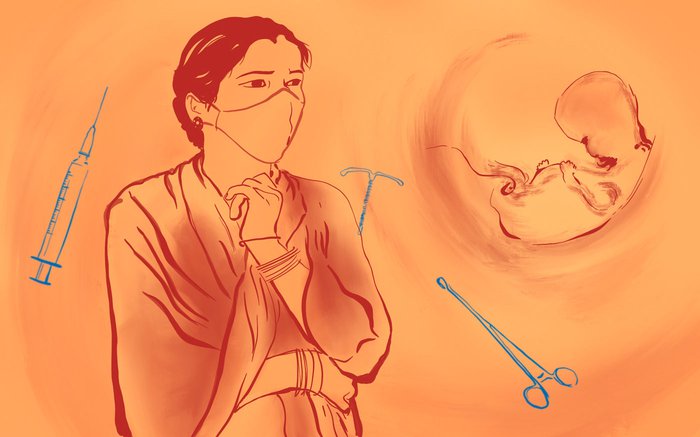
Sunita remained determined to get the tubal ligation done, but Covid-19 struck in March 2020. It was a year before she could undergo the procedure – in Bihar this time
Abortion was only half the battle. Sunita wanted sterilisation, or tubal ligation, a procedure to prevent pregnancy by blocking the fallopian tubes. She wanted to get it done at the same hospital a day after the abortion, but the doctors did not go through with it that day. “I had already changed into operating clothes when I started to cough,” she says. “They [the doctors] were not ready to take a risk.” Four days after the abortion, she was given an injection of Antara and discharged by the hospital.
Sunita remained determined to get the tubal ligation done, but Covid-19 struck in March 2020. It was a year before she could undergo the procedure – in Bihar this time. In February 2021, Sunita and her family had gone to their village, Kolhanta Patori, in Hanuman Nagar block, for her brother-in-law’s wedding. While there, she contacted an ASHA worker, who took her to a government hospital in Darbhanga. “The ASHA worker still calls and asks me if I am all right,” she says.
“There [in Darbhanga] they do not make you completely unconscious. They keep you awake. Even if you were to scream no one would care,” she recalls. Sunita is eligible to receive Rs. 2,000 from the government as compensation for undergoing sterilisation. “But I don’t know if it has come to my [bank] account. I have not asked anyone to check,” she says.
A look of relief crosses her face as she concludes, “It is good that I got it done finally. I am saved, otherwise there would have been an issue every now and then. It is over a year now and I have been all right. A couple of children more and I would have been finished.” But she feels resentment too. “I had to visit so many doctors at different hospitals and clinics for this. Tell me, did I not lose my dignity?”
PARI and CounterMedia Trust's nationwide reporting project on adolescent
girls and young women in rural India is part of a Population Foundation
of India-supported initiative to explore the situation of these vital
yet marginalised groups, through the voices and lived experience of
ordinary people.
Want to republish this article? Please write to [email protected] with a cc to [email protected]
